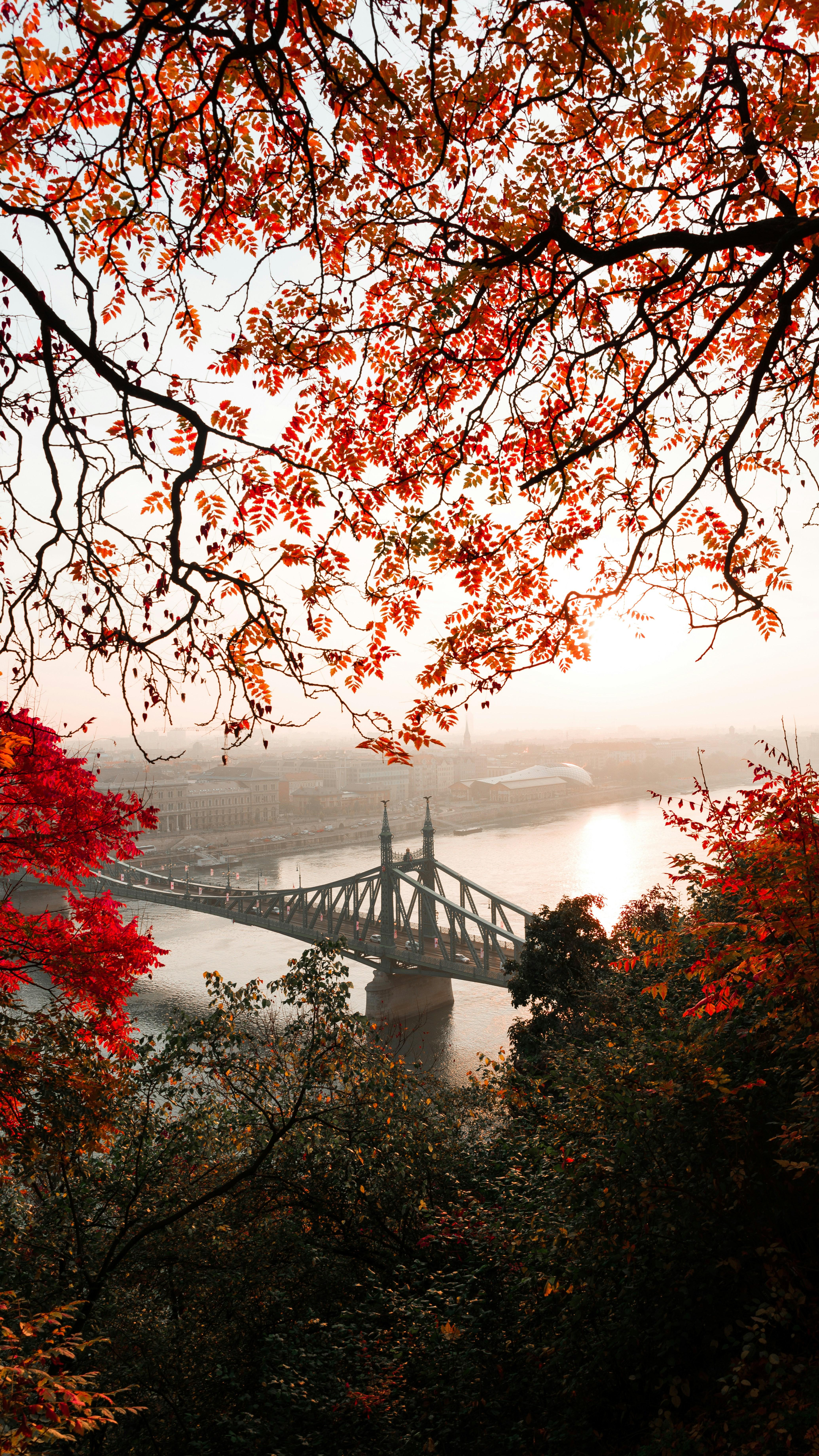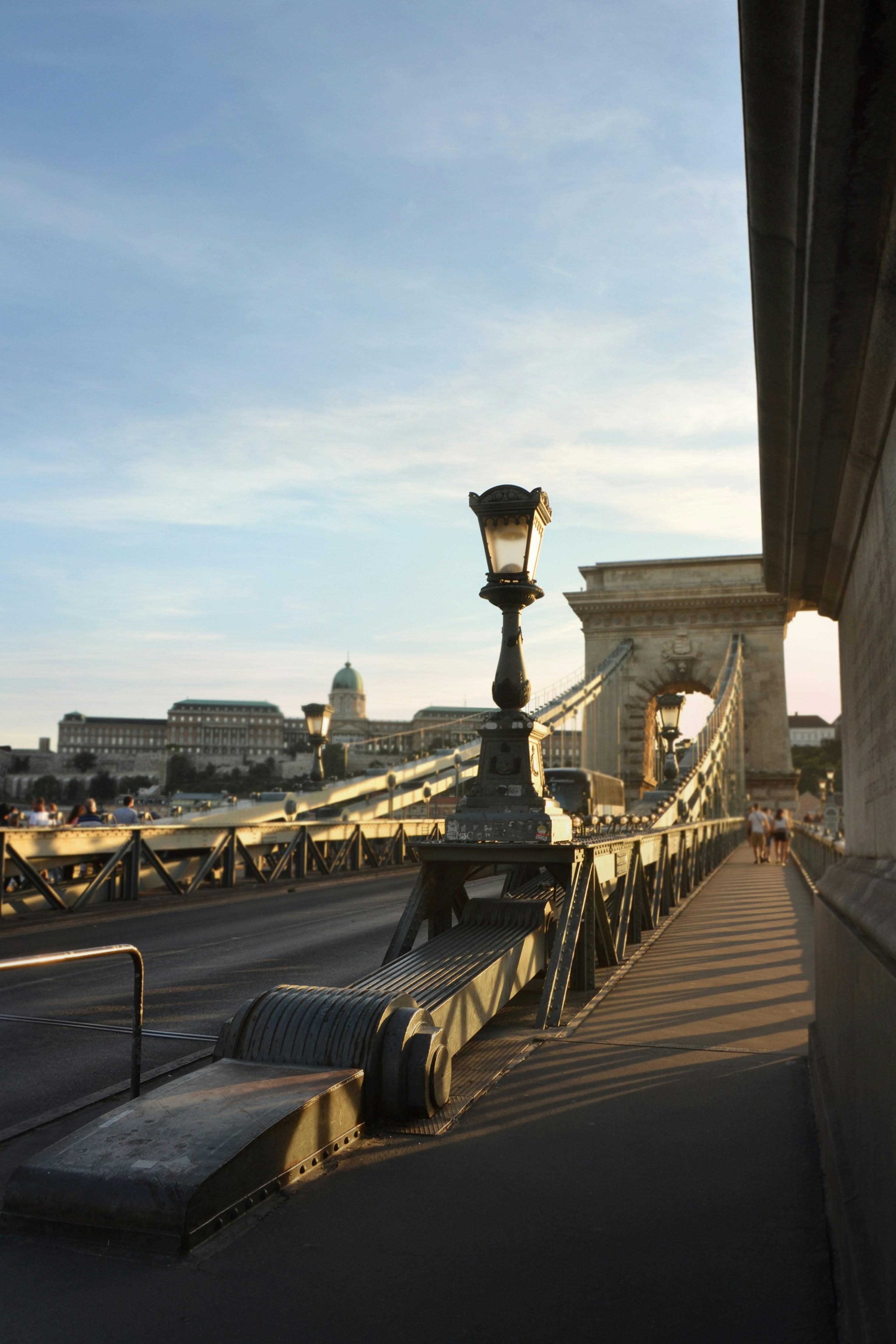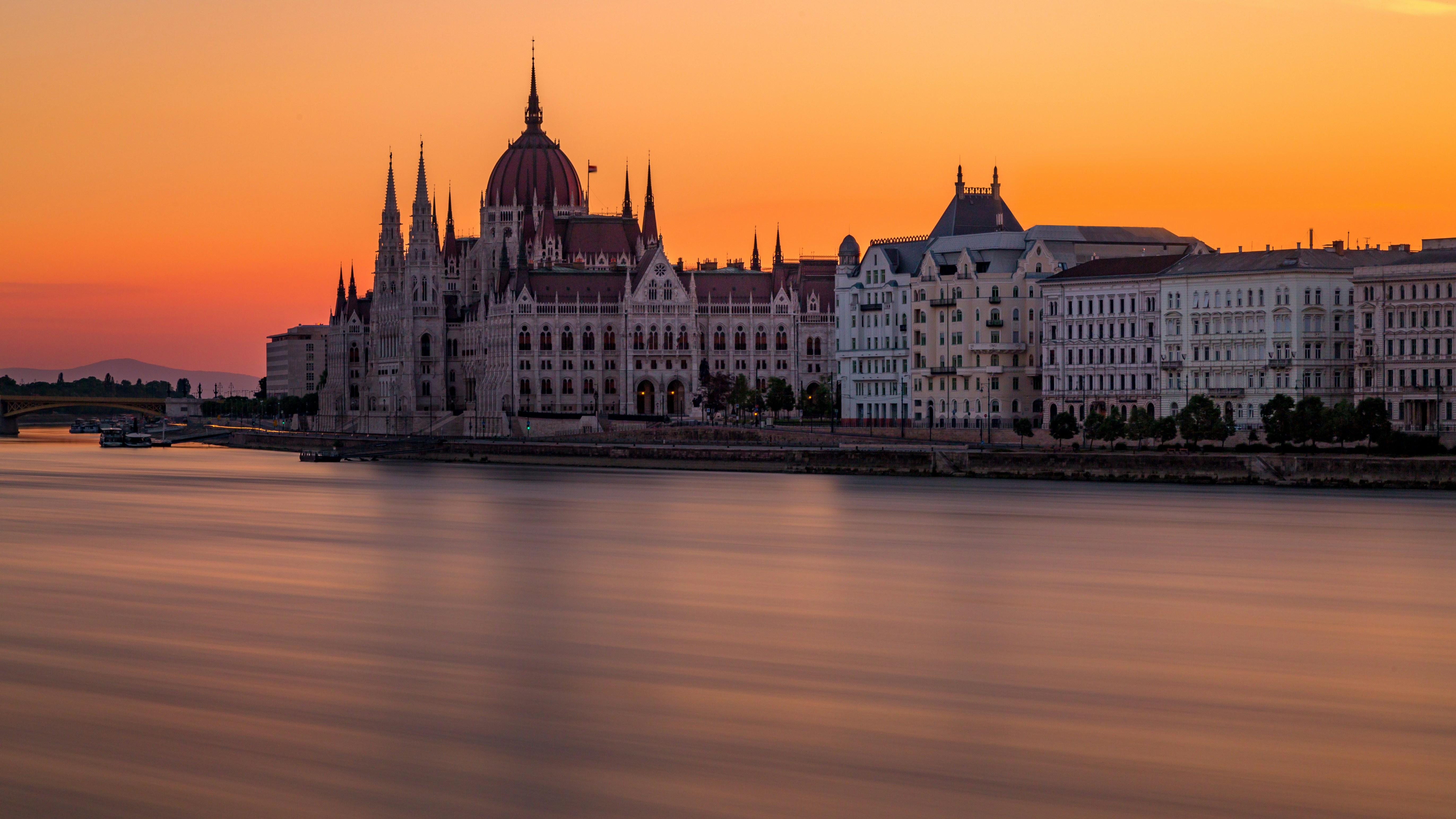In the realm of contemporary cinema, few films have captivated audiences with their visual storytelling quite like Wes Anderson‘s “The Grand Budapest Hotel.” Released in 2014, the film is often celebrated for its meticulous craftsmanship and distinctive aesthetic, which together create a vivid tapestry that invites viewers into a world both whimsical and poignant. This article seeks to deconstruct the visual mastery of “The Grand Budapest Hotel,” examining the elements that contribute to its unique visual identity. From the symmetrical compositions and pastel color palettes to the intricate set designs and meticulous attention to detail, we will explore how Anderson’s visual choices serve not only as a feast for the eyes but also as a narrative device that enhances the film’s thematic depth and emotional resonance. Through an analytical lens, we aim to understand the interplay between style and substance in Anderson’s work, offering insights into why “The Grand Budapest Hotel” remains a touchstone of modern visual cinema.
Cinematic Color Palette and Its Emotional Impact
Wes Anderson’s The Grand Budapest Hotel is a masterclass in the use of color to evoke emotion and set the tone of the narrative. The film employs a vivid and meticulously curated color palette that not only pleases the eye but also serves as a storytelling device. Pastel hues dominate the screen, creating a whimsical and nostalgic atmosphere that draws viewers into the fantastical world of the Republic of Zubrowka. Each color is carefully chosen to reflect the mood and the era, with soft pinks and purples highlighting the elegance and charm of the hotel’s heyday, while deeper, more saturated tones are used to underscore moments of tension and intrigue.
- Red and Pink: Often associated with the hotel itself, these colors symbolize warmth, hospitality, and the fleeting nature of its grandeur.
- Yellow and Gold: Used to signify wealth, opulence, and the luxurious past of the Grand Budapest.
- Blue and Purple: These cooler tones are frequently employed to evoke melancholy and introspection, particularly in scenes reflecting on the past.
The strategic use of these colors not only enhances the visual appeal but also plays a crucial role in shaping the emotional landscape of the film. The palette acts as a silent narrator, guiding the audience through the highs and lows of the story, and leaving a lasting impression long after the credits roll.

Symmetry and Composition in Scene Design
In Wes Anderson’s The Grand Budapest Hotel, the meticulous attention to symmetry and composition serves as a visual language that speaks volumes. Anderson’s use of symmetrical framing is not merely an aesthetic choice but a storytelling device that guides the viewer’s eye, offering a sense of balance and order within the chaotic world of the film. The central alignment of characters and objects often creates a sense of stability, reflecting the protagonist’s attempts to maintain control amidst the unfolding chaos.
The film’s composition is equally deliberate, employing color and geometry to evoke emotion and narrative depth. Key elements include:
- Color Palette: The use of pastel hues juxtaposed with bold colors creates a visual harmony that enhances the whimsical yet poignant atmosphere.
- Geometric Shapes: Repeated patterns and shapes, such as circles and squares, contribute to a cohesive visual structure that underscores thematic elements.
- Layering and Depth: The strategic placement of foreground and background elements provides a sense of depth, inviting the audience to explore the intricacies of each scene.
Through these techniques, Anderson crafts a world that is as much about visual storytelling as it is about the narrative itself, drawing viewers into a meticulously constructed universe where every frame is a work of art.

Historical Influences on Set Decoration
- The meticulous set decoration of The Grand Budapest Hotel is a vivid tapestry woven with threads of historical references, each element meticulously chosen to echo the opulent yet turbulent era of pre-war Europe. The film’s visual narrative is heavily influenced by the grandeur of Art Nouveau and the ornate elegance of the Belle Époque period. This is evident in the lavish interior designs, where the intricate detailing of furniture and decor serves as a homage to the craftsmanship of the early 20th century. The choice of color palettes, from the deep burgundies to pastel pinks, not only enhances the whimsical yet melancholic tone of the film but also reflects the cultural and aesthetic sensibilities of the time.
- Furthermore, the hotel itself is a character within the story, its architecture inspired by the grand European hotels of the interwar period. The inclusion of vintage objects, such as antique telephones and ornate chandeliers, reinforces the film’s commitment to authenticity, immersing viewers in a bygone era. The use of symmetry and meticulous organization within the set design echoes the precision and formality associated with Wes Anderson’s directorial style, while simultaneously paying tribute to the structured elegance of historical European settings. These elements collectively transform the set into a living museum, capturing the essence of a world on the brink of change.

Costume Design as a Narrative Tool
In “The Grand Budapest Hotel,” costume design transcends mere aesthetics, becoming an integral component of storytelling that shapes the viewer’s understanding of characters and their arcs. The meticulous work of costume designer Milena Canonero is pivotal in crafting the film’s unique visual language. Canonero’s use of color is particularly notable, with each character’s wardrobe serving as a visual cue to their personality and status. For example, the protagonist, Gustave H., is often seen in his signature purple concierge uniform, symbolizing his refined yet eccentric nature. This choice of color not only distinguishes him from other characters but also establishes his place within the hotel’s hierarchy.
- Period Accuracy: The costumes reflect the film’s setting in the 1930s, blending historical authenticity with whimsical elements that enhance the narrative’s quirky tone.
- Character Evolution: As characters transition through different phases of the story, their costumes subtly change, reflecting their personal growth or decline.
- Visual Symbolism: Recurring motifs, such as stripes and checks, are used to underscore themes of order and chaos, resonating with the film’s plot developments.
The interplay between costumes and set design further amplifies the narrative, with Canonero’s creations often echoing the pastel hues and intricate patterns of the film’s iconic backdrops. This harmony between costume and environment not only enriches the visual experience but also reinforces the film’s thematic layers, inviting viewers to delve deeper into the story’s underlying messages.
